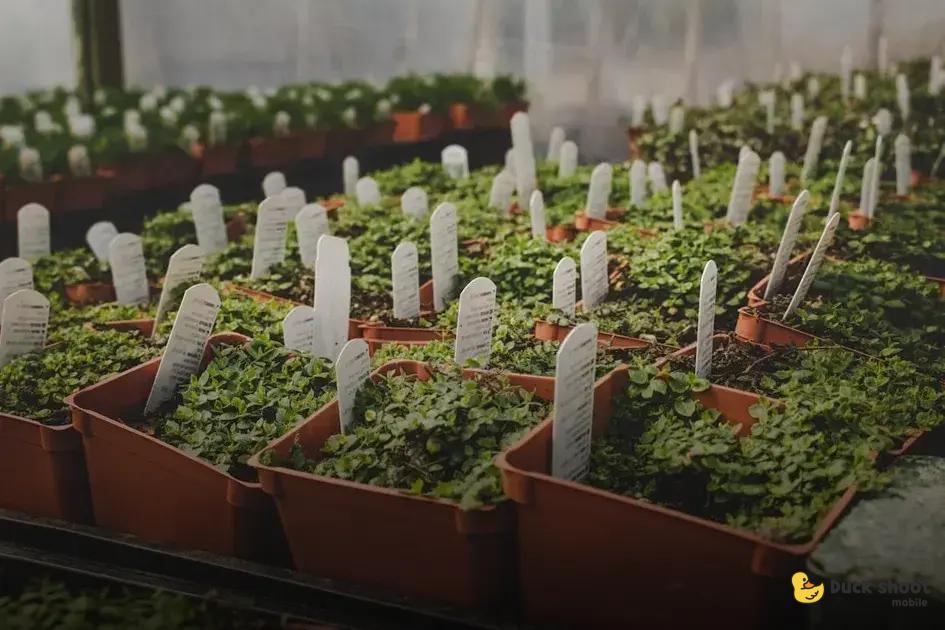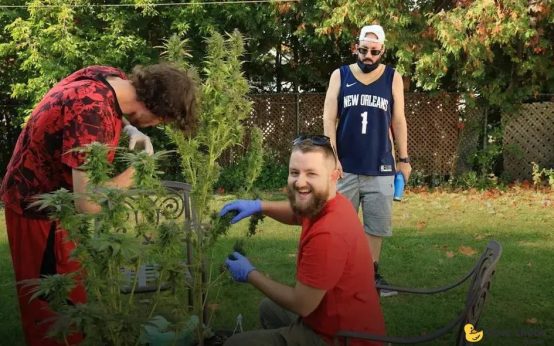Proper fertilization is crucial for lush plant growth. Understanding when and how to fertilize your plants is essential for their health. This guide will help you navigate the nutrient maze with ease, ensuring your garden thrives all year round.
Understanding Plant Nutrient Needs
To ensure optimal growth and health, plants require a specific balance of nutrients. These nutrients can be categorized into macronutrients and micronutrients.
Macronutrients
The primary macronutrients are nitrogen, phosphorus, and potassium, often represented by the N-P-K ratio on fertilizer labels. Nitrogen is crucial for leaf growth and vibrant green coloring. Phosphorus plays a key role in root development and flower production. Potassium aids in overall plant health and disease resistance.
Additionally, secondary macronutrients like calcium, magnesium, and sulfur are needed in smaller amounts. Calcium supports cell structure, magnesium is a core component of chlorophyll, and sulfur assists in the synthesis of essential amino acids.
Micronutrients
Micronutrients, though required in smaller quantities, are vital for plant health. These include iron, manganese, zinc, copper, molybdenum, boron, and chlorine. Each plays a unique role in plant processes such as enzyme function, chlorophyll synthesis, and root health.
Understanding these needs helps in selecting the right fertilizer and knowing when and how to apply it effectively. Balancing these nutrients ensures robust plant growth and fruitful harvests.
Best Times to Fertilize Your Plants

The timing for fertilizing your plants plays a crucial role in their growth and health. Selecting the right time ensures that nutrients are absorbed effectively, promoting lush foliage and vibrant blooms.
Early Spring is ideal for many plants as it kick-starts their growing season. As temperatures rise, plants awaken from dormancy and begin active growth. Applying fertilizer at this stage provides essential nutrients like nitrogen, which supports leaf development.
For flowering plants, consider fertilizing before they begin budding. This preparation gives them the necessary elements to produce abundant and healthy flowers.
Summer
In the summer months, plants often experience significant growth. It’s a good time for another application but be cautious with the amount. Over-fertilizing can lead to burnt roots or foliage damage. Always follow instructions and monitor your plants’ response.
Fall fertilization benefits plants by strengthening them for the coming winter. This final feeding can help them store energy and nutrients, ensuring they are well-prepared for the cold months ahead.
Types of Fertilizers: Which One to Choose?
There are several types of fertilizers, each serving different purposes for plant growth. The main categories include organic, inorganic, and slow-release fertilizers.
Organic Fertilizers
Organic fertilizers are derived from natural sources such as compost, manure, and bone meal. They improve soil structure and increase its ability to hold water and nutrients. Organic options are ideal for those who prefer environmentally friendly solutions.
Inorganic Fertilizers
Inorganic fertilizers, also known as synthetic fertilizers, are composed of chemicals and minerals. They provide plants with immediate nutrients and are best when your plants need a quick boost. They are available in granular and liquid forms, each with specific advantages.
Slow-Release Fertilizers
Slow-release fertilizers are designed to release nutrients gradually into the soil, providing a steady supply over time. This minimizes the risk of over-fertilization and is beneficial for busy gardeners who do not wish to fertilize frequently.
Choosing the right fertilizer depends on your plants’ specific needs, soil conditions, and gardening practices. Consider a soil test to determine any deficiencies before making a selection.
How to Apply Fertilizer Effectively

To apply fertilizer effectively, begin by understanding the specific nutrient requirements of your plant species. Different plants have varying needs, so it’s essential to tailor your approach accordingly.
Step-by-Step Guide to Fertilizing
- Measure Accurately: Use the recommended amount indicated on the fertilizer packaging. Too much can harm plants, while too little may not provide sufficient nutrients.
- Apply Evenly: For granular fertilizers, spread them evenly over the soil surface. Liquid fertilizers should be gently watered into the soil. Use a garden sprayer or watering can for uniform application.
- Water Properly: After applying fertilizer, water the soil lightly. This helps dissolve the nutrients and ensures they reach the roots effectively.
- Monitor Plant Response: Observe your plants for signs of nutrient deficiency or overdose. Look for changes in leaf color, growth rate, and overall health.
Frequency of Application
Most plants benefit from regular feeding during their growing season. Generally, applying fertilizers every 4-6 weeks is a good rule of thumb, but this can vary based on plant type and growth stage. Adjust as necessary to optimize growth and health.
Safety Precautions: Wear gloves and wash hands after handling fertilizers. Follow package instructions carefully to ensure safe and effective application.
Common Mistakes and How to Avoid Them
Many gardening enthusiasts make errors when fertilizing, often resulting in unintended stress on plants. Over-fertilization is a common issue. Using too much fertilizer can burn plant roots and lead to nutrient imbalances. To avoid this, always adhere to the recommended application rate on the product label.
Another mistake is selecting the wrong fertilizer type. Different plants have varied nutrient requirements, and using an incorrect formulation might not provide the benefits you expect. Research the specific needs of your plants and choose a fertilizer that matches those needs.
Ignoring soil health can also affect how well plants absorb nutrients. If the soil is compacted or lacks organic matter, even the best fertilizers may not benefit your garden. Regularly test your soil and amend it with organic materials like compost to improve its structure and fertility.
Improper timing of fertilization can hinder plant growth rather than promote it. Fertilizing at the wrong stage of plant growth may lead to nutrient runoff or wasted resources. Familiarize yourself with the growth cycle of your plants and time your fertilization efforts to coincide with periods of active growth.
Lastly, uneven application of fertilizer results in patchy growth and nutrient availability. Utilize tools such as spreaders to ensure even distribution, or apply fertilizers manually with care, spreading them uniformly around the plant base.


 Hosting a Garden Party: Nature-Inspired Décor Tips
Hosting a Garden Party: Nature-Inspired Décor Tips  Outdoor Lighting Ideas to Highlight Your Garden Neatly
Outdoor Lighting Ideas to Highlight Your Garden Neatly  Incorporating Water Features into Your Garden Like a Pro
Incorporating Water Features into Your Garden Like a Pro